Tahitian Vanilla: A Prized Flavor for Centuries
Tahitian vanilla is valued for the complexity of it's delicate flavor, so it's fruit is prized by creative
cooks and master chefs around the world. Botanists named this tropical bean plant Vanilla Tahitians.
Most of the world's vanilla crops are Vanilla planifolia, which is produced on Madagascar, Reunion, and neighboring islands in the Indian Ocean. Planifolia is commonly called 'Bourbon vanilla', from Reunion's previous name lle Bourbon, or 'Madagascar vanilla', and doesn't have the exquisite flavor of Tahitian vanilla. Vanilla planifolia is grown prolifically as it's beans exude a bouquet of aromatic, floral notes which is highly valued in the perfume industry. So it's also known as Vanilla frangrans.
A third less popular species, Vanilla pompona, is grown in the West Indies, Central America, and South America.
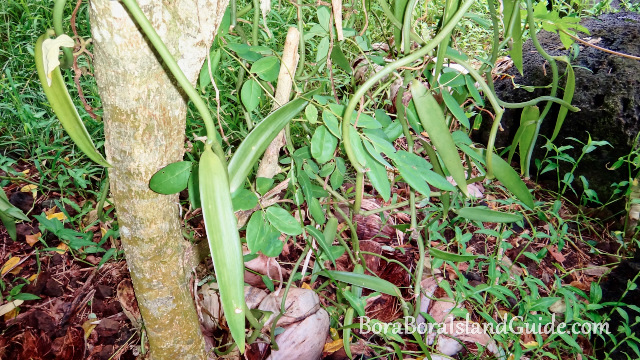 A Tahitian vanilla vine growing un an acacia tree
A Tahitian vanilla vine growing un an acacia treeWhere Did Tahitian Vanilla Originate From?
A Totonic myth from the east coast of Mexico tells how Princess Xanat's father forbade her to marry a mortal, so the lovers hid together in the forest. But (like all good tragedies) they were captured, and beheaded. According to this romantic tale, an exotic orchid vine grew in the place where their blood wet the ground.
In the 15th century the Aztecs invaded from the central highlands. They forced the Tetonics to submit to their rule and pay tribute by sending vanilla fruit back to the Aztec capital, Tenochtitlan.
It is thought that a dashing, Spanish conquistador, Hernan Cortes, introduced vanilla (and chocolate) to Europe in the 1520s. Which explains why the name 'vanilla' derives from the Spanish word, 'vaina' meaning 'little pod'.
For the next 300 years Mexico had a monopoly on exporting vanilla because only a local species of Melipona bee knew the secret of pollinating the vanilla orchid, so that the flavorful bean fruit sets and grows.
It was big news when in 1806 Charles Greville's plant collection in London featured the first vanilla orchid to flower in Europe. Cuttings were taken to the Netherlands and Paris. By 1819 excited French entrepreneurs began shipping vanilla pods to Mauritius and Reunion Islands, to utilize cheap labor in a suitable climate. But the vines wouldn't produce fruit, even when they tried to bring in the Mexican bee.
In 1836, a botanist, Charles Morren, was having coffee on a patio in Veracruz when his curiosity was aroused. He noticed bees landing on vanilla vine flowers and making their way under a flap inside, transferring pollen in the process. A few hours later he observed that the flowers had closed, and a several days later that vanilla pods were forming. But his own experiments to hand pollinate failed.
This delicate technique was not developed until 1841 when Edmund Albius, a 12 year old slave on the French island of Reunion, discovered how to effectively pollinate an orchid by hand. Vanilla plants were then sent from Reunion to Madagascar, Seychelles and Comoros Islands. Over they years they were taken to other tropical islands, and presently Indonesia is said to produce almost 60% of the worlds Vanilla planifolia.
Today three vanilla species are cultivated globally. They all derive from the original Vanilla planifolia plants sourced in Mesoamerica,. Analysis shows that Tahitian vanilla is probably a cross between Vanilla planifolia and Vanilla odorata. We took a boat ride to visit a lush Tahitian vanilla farm and the Polynesian mamma told us that the first species was introduced to Tahiti from the Philippines in the 1700s, and the second came from Madagascar in the 1800s. We learnt about the process of growing Tahitian vanilla and why it is such a highly prized and versatile spice.
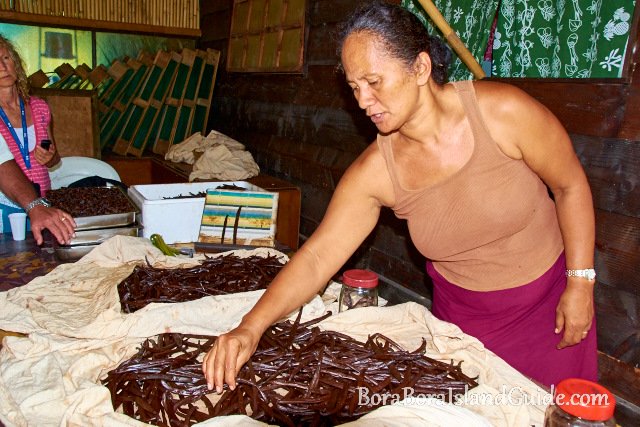 Our visit to a Tahitian vanilla farm on Tahaa tought us about the cultivation of vanilla in Tahitit
Our visit to a Tahitian vanilla farm on Tahaa tought us about the cultivation of vanilla in TahititWhat do vanilla beans cost?
Real vanilla is the second most pricey spice in the world because it's cultivation and drying are both so labor intensive. There have been huge variations in the price of vanilla over the years due to a period of cartel control, occasional cyclones ravaging crops, and the laboratory development and manufacture of imitation 'vanillin'. About 95% of vanilla products are now flavored with 'vanillin'.
If you've noticed how flat imitation 'vanillin' tastes, compared to the real spice, it's because extract from seed pod is a complex mixture of 171 identified compounds. In contrast, artificial vanilla essence has only one, 4hydroxybenzaldehyde, named vanillin, which is also the major flavor and aroma component in real vanilla.
Vanillin was first isolated in 1858 and within a few years was being synthesized from lignins in pine tree sap. Today most vanillin is a byproduct of pulp for papermaking. In the United States casterum, from the castor sacs of mature beavers, has been approved. It's used as a vanilla and raspberry flavor additive in food and drinks and listed as 'natural flavoring'.
Be sure of the source when buying vanilla powder! For example, in Mexican tourist markets, it's been found mixed with tonka bean, which contains coumarin, a liver toxic substance.
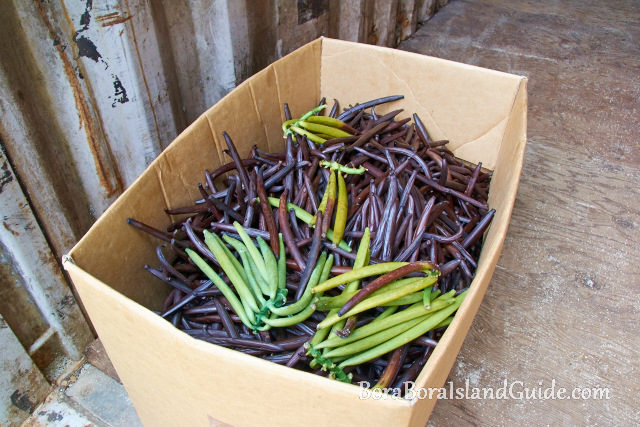 Real vanilla beans! The green ones are freshly picked and the brown ones have been dried.
Real vanilla beans! The green ones are freshly picked and the brown ones have been dried.Culinary Uses for Tahitian vanilla
Explore the diversity of culinary uses for Tahitian vanilla that make it the favorite of gourmet chefs around the world.
Home › Tahitian Vanilla
Search the Site
Are you still looking for additional information? You can use the Google search box below to search the site.
Site Sponsors
Subscribe to receive free Bora Bora updates
Top Tours
Photo of the day
All of us at Bora Bora Island guide love to have fun, but we also have to keep the site up and running! That's why you'll see ads on this site. We may also earn commissions on some of the products on this site.
The income generated through these means helps ensure
Bora Bora Island Guide can devote the time to providing you
with all the free and fabulous information & resources you'll
find here. If you would like to support us, you can purchase our book full of over 100 pages of money saving tips or find out the best activities, resorts, dining and beaches in our Best of Bora Bora book or buy our 2018 Bora Bora calendar.
Want to learn more? Bora Bora Island Guide invites you to read our advertising disclosure.







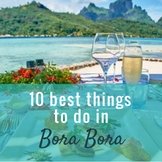

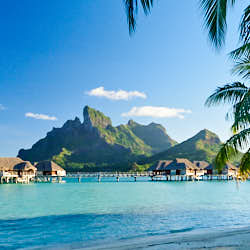
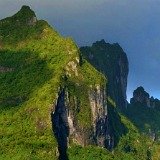
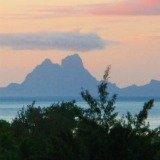
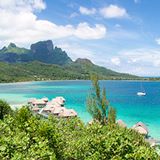
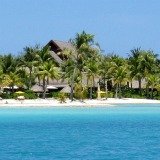

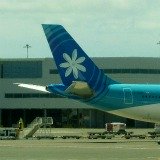
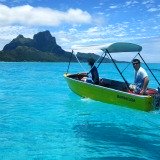
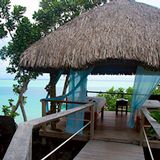
New! Comments
Have your say about what you just read! Leave me a comment in the box below.